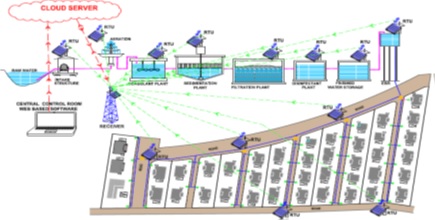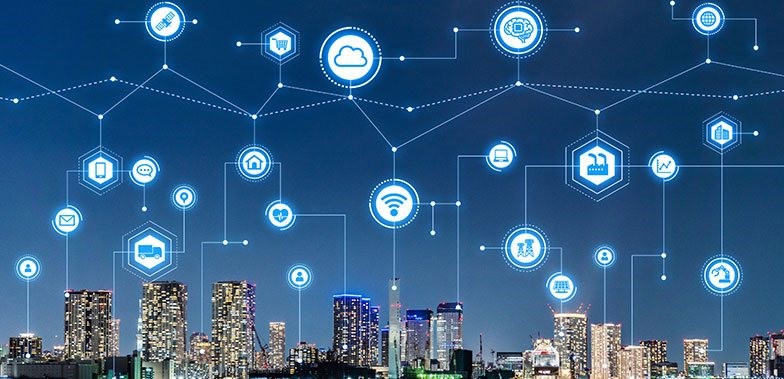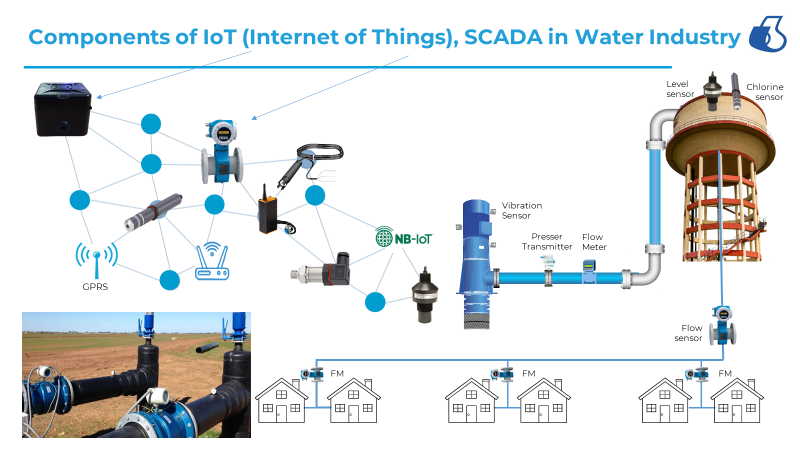By Agendra Kumar
About 80% of the water data has the context of location associated with it, and by not tapping this hidden power in the larger context of the water ecosystem we are denying ourselves its numerous benefits.
Much has been talked about the precarious water situation we are likely to have, in the next few years, and hence the urgent need for an integrated water resource management that addresses the entire water value chain from source to tap holistically is the need of the hour. It is no secret that we are racing against time in our pursuit to achieve universal and equitable access to safe and affordable drinking water, adequate sanitation, and hygiene for all, notwithstanding the inevitable threat to economic growth due to depleting water resources. Automation is undoubtedly the way forward to protect and secure our future.
The reality
Easier said than done, implementation of digital water technologies is laden with challenges and unknowns. Water challenges are multi-disciplinary in nature, intricately related to the economy, environment, and the society with interactions at local, regional, national, and global levels. As we steer our way ahead with automation, our approach needs to be well informed that unravels the intricacies, interrelationships and interdependencies that are critical to ensure equal justice to all the stakeholders while protecting the precious natural resource.
Efforts by the Government.
Over the years, the Government of India has launched multiple initiatives towards strengthening the nation’s water security and resilience. While its ambitious program – Jal Jeevan Mission is envisioned to cater to rural India, Atal Mission for Rejuvenation and Urban Transformation (AMRUT), Smart Cities Mission, Swachh Bharat Mission and the Heritage City Development and Augmentation Yojana (HRIDAY) are some of the schemes that address urban segments. Through various automation initiatives, increasingly governments and water boards are making efforts to acquire, process, manage and maintain the water data in real – time to address challenges to take informed decisions.





